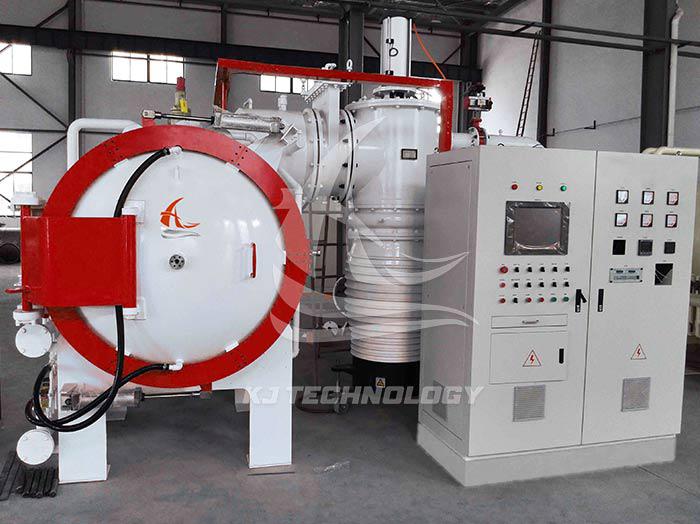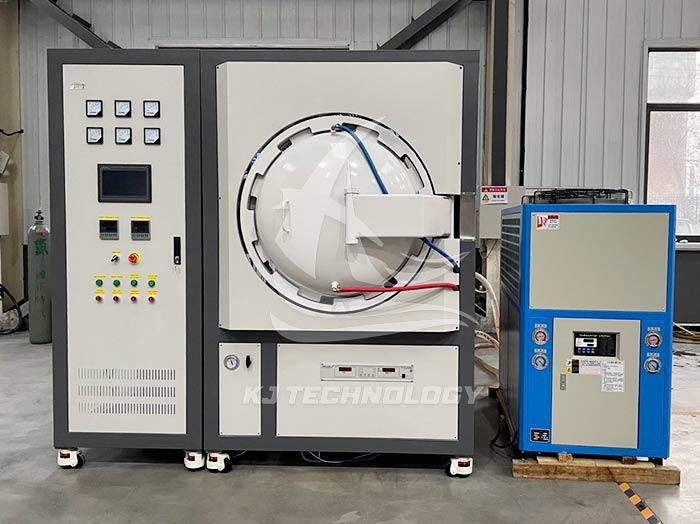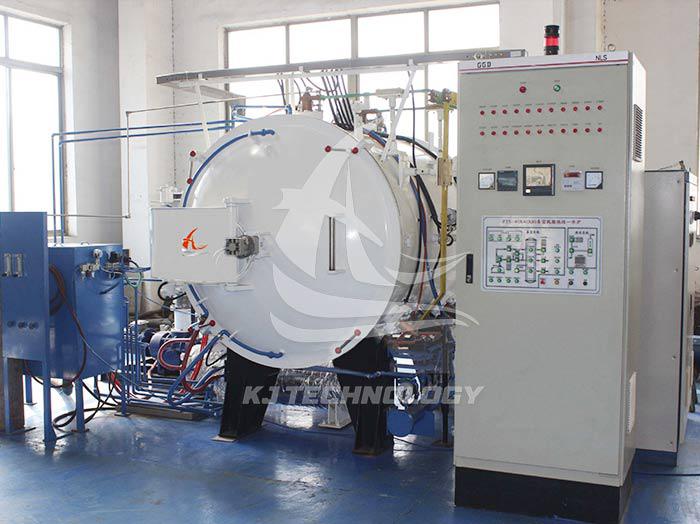What are the advantages of vacuum sintering furnaces?
 03-20-2025 Author: KJ technology
03-20-2025 Author: KJ technology
The vacuum sintering furnace has multiple significant advantages, which make it widely used in multiple industrial and technological fields. Let's take a detailed look at the advantages of vacuum sintering furnaces below!
1.High purity environment:
The vacuum sintering furnace works in a vacuum environment, which can effectively eliminate impurities such as oxygen and nitrogen in the air, prevent materials from reacting with these gases, and ensure the purity and performance of sintered materials.
2.Accurate temperature control:
Vacuum sintering furnaces are usually equipped with advanced temperature control systems that can achieve precise temperature control and uniform heating, which is crucial for ensuring the stability of the sintering process and product consistency.
3.Improve material density:
In a vacuum environment, the pores and gases inside the material can be effectively eliminated, thereby promoting the tight bonding between material particles and improving the density and mechanical properties of the material.
4.Reduce oxidation and volatilization losses:
A vacuum environment can prevent materials from reacting with oxygen at high temperatures, reducing oxidative losses. At the same time, due to the low-pressure characteristics of the vacuum environment, it can also reduce the volatilization loss of materials and improve the utilization rate of materials.
5.Energy conservation and environmental protection:
Vacuum sintering furnace has relatively low energy consumption during the sintering process, and due to the isolation effect of the vacuum environment, it can reduce heat loss and improve energy utilization efficiency. At the same time, as there is no need to use protective or reducing gases, it also reduces gas consumption and emissions, meeting the requirements of energy conservation and environmental protection.
6.Wide applicability:
The vacuum sintering furnace is suitable for sintering various materials, including metal powders, ceramic materials, composite materials, etc. By adjusting the sintering parameters, it is possible to meet the requirements of different materials for sintering temperature, atmosphere, and time.
7.Improve material performance:
Vacuum sintering can promote atomic diffusion and rearrangement inside the material, helping to form a more uniform and detailed microstructure, thereby improving the mechanical, thermal, and electrical properties of the material.
8.High degree of automation:
Modern vacuum sintering furnaces usually have high automation functions, which can achieve automated operations, data recording, and process control, improve production efficiency and product quality, while reducing manual intervention and operational errors.
In summary, vacuum sintering furnace has multiple significant advantages, which make it widely used in various fields such as powder metallurgy, ceramic manufacturing, electronic component production, and new energy material preparation, and provide strong support for the development of these fields.








